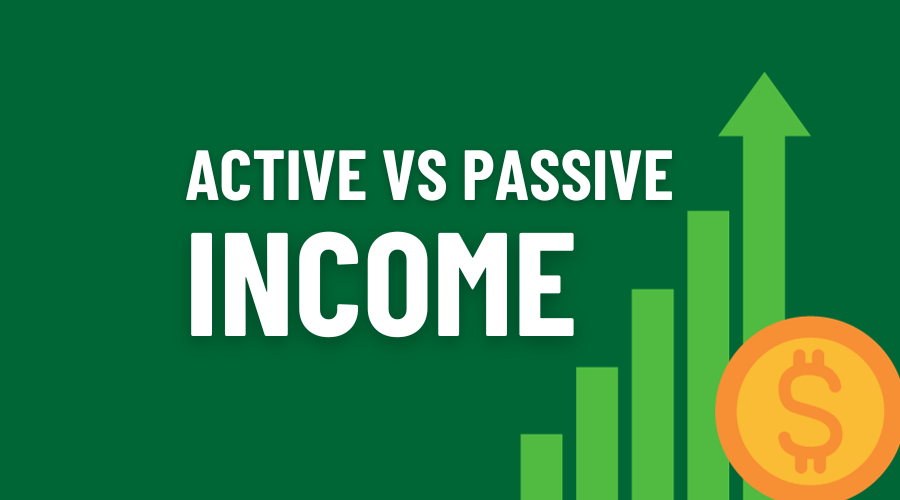Money matters can sometimes feel like a puzzle, but understanding the basics of income is a great place to start. When it comes to money, there are two main types of income: active and passive. Understanding the difference can help you make smart decisions about earning and managing your money. In this guide, we’ll break down active income and passive income in plain language, so you can get a clear picture of these concepts.
1. Active Income: Putting In The Hours For Pay
Active income is the money you earn by trading your time and skills for a paycheck. It’s the kind of income most people are familiar with – you work a job, and in return, you get paid. Whether you’re flipping burgers, teaching, or working in an office, it’s all active income. The more hours you put in, the more money you make.
2. Passive Income: Money That Works While You Rest
Passive income is a bit different. It’s the money that comes in even when you’re not actively working. You set up a Source of Passive Income, and it keeps making money for you, whether you’re sleeping, on vacation, or just relaxing. This could be from investments, rental properties, or online businesses. Passive income is like having little-money workers that keep earning for you, even when you’re not on the clock.
3. Pros And Cons of Active Income:
- Pros: You get paid regularly for the work you do.
- Cons: If you stop working, the money stops coming in. It might be tiring to trade hours for dollars.
4. Pros And Cons of Passive Income:
- Pros: Once set up, it can generate money without constant effort. It provides financial freedom and flexibility.
- Cons: It might take time to set up. It can involve some risk, and not all passive income sources guarantee success.
6. Examples of Passive Income:
- Rental income from properties
- Earnings from investments (stocks, dividends)
- Royalties from books, music
- Making online content like Youtube Channel or blogging
- Becoming an Influencer
6. Examples of Active Income:
- Working a 9-to-5 job
- Freelancing or consulting
- Running a small business
7. Finding A Balance: Combining Both For Financial Success
While active income is immediate and reliable, passive income offers long-term financial stability and freedom. Many successful people aim to have a mix of both. Starting with active income to cover immediate needs, you can gradually invest time and resources into creating passive income streams. This balanced approach can lead to financial security and more flexibility in the long run.
Conclusion:
Active and passive income are like two sides of the same coin in the world of earning money. Knowing the basics can empower you to make informed choices about your financial journey. Whether you’re working hard for your paycheck or exploring ways to make your money work for you, understanding these concepts is a key step toward financial well-being.
Remember, there’s no one-size-fits-all approach, and finding what works best for you is the ultimate goal. So, go ahead, explore the possibilities, and build a path to financial success that suits your lifestyle.

